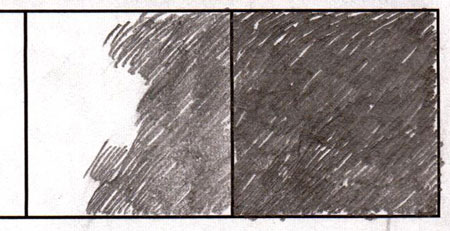and pinch, slab, and coil pottery along with some free form clay sculpture.
We will first make in class a traditional Origami crane. We will be using the ingenious flash animations from the web site Origami Club to help us figure out the complex folds.
Our next project involves making fun Origami: Paper Planes! Here is a quick video demonstrating the potential flight distance of a good paper plane:
And here is the video describing how to make that same paper airplane- good luck!
Now for everyone's favorite class activity CLAY!
First things first, we need to know how to get the air bubbles out of the clay by WEDGING it.
Wedging the clay is essential for making the clay more pliable and getting any air bubbles out of it. While these bubbles may not cause problems while making hand built pots, they can potentially cause problems in the kiln during a firing.
Now lets make something! Check out this cool video from fellow art teacher Molly Hazel demonstrating how to make pinch pot creations...
Next is a great how-to on slab built pots:
And Coil Pots:
And lastly, sculpture:














